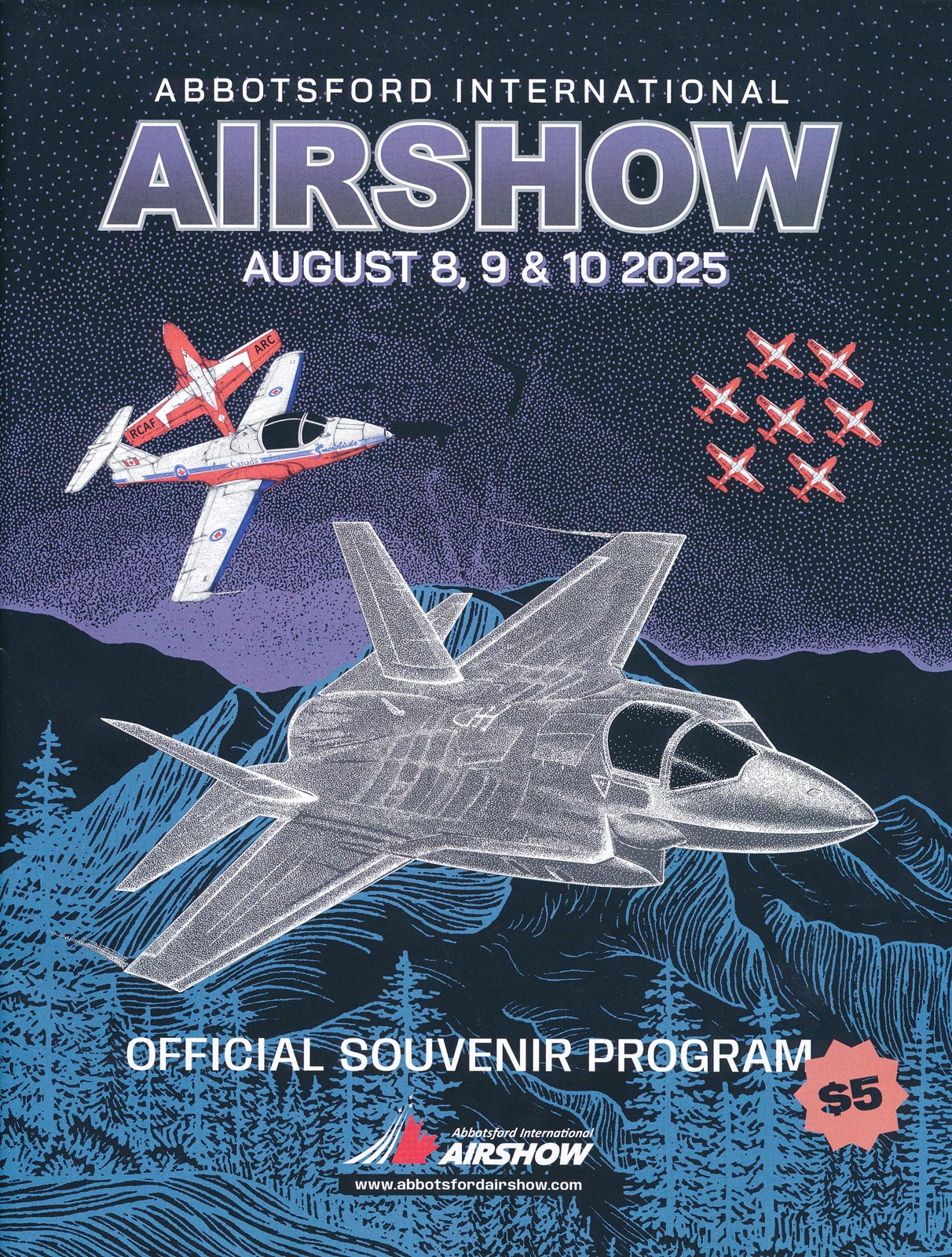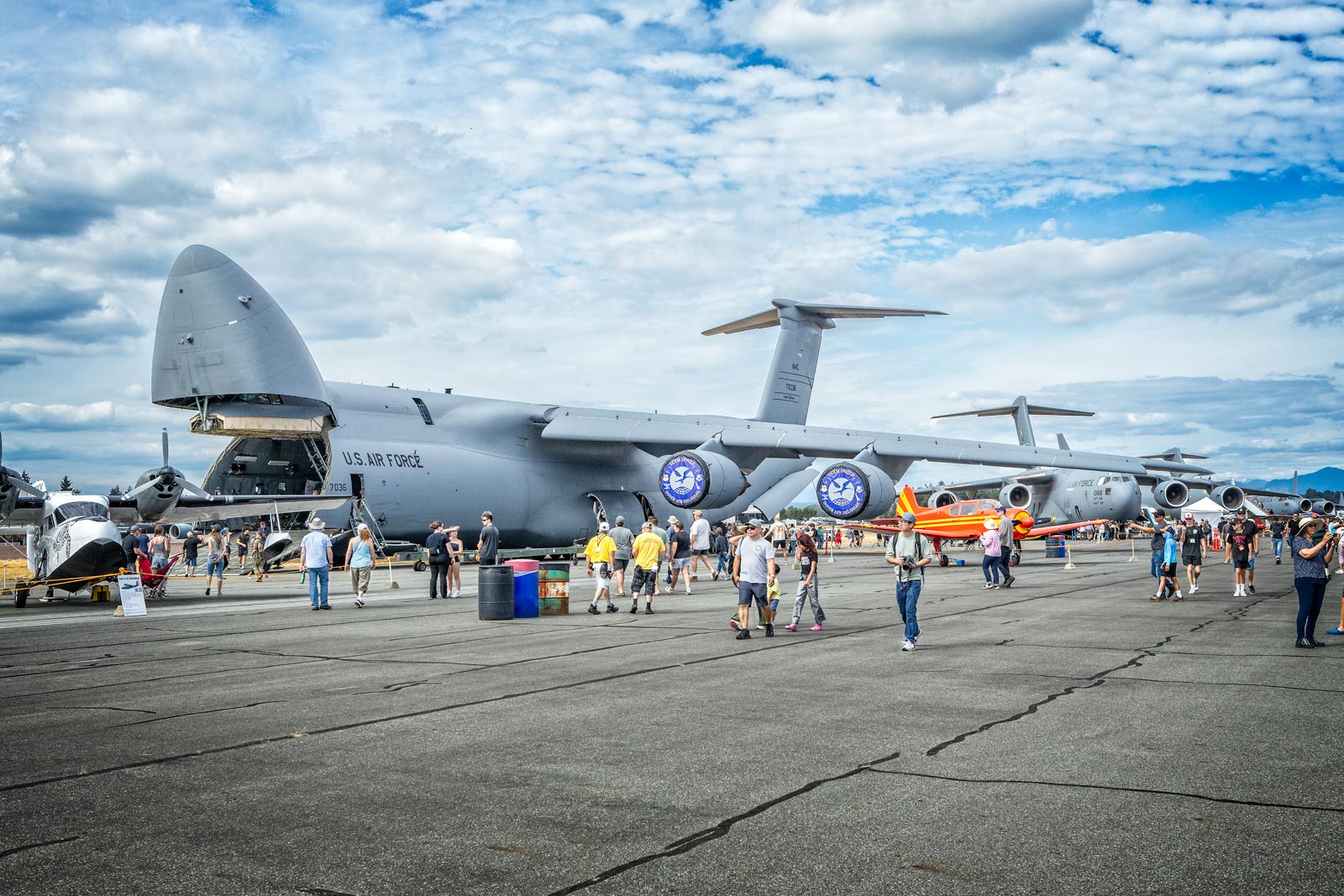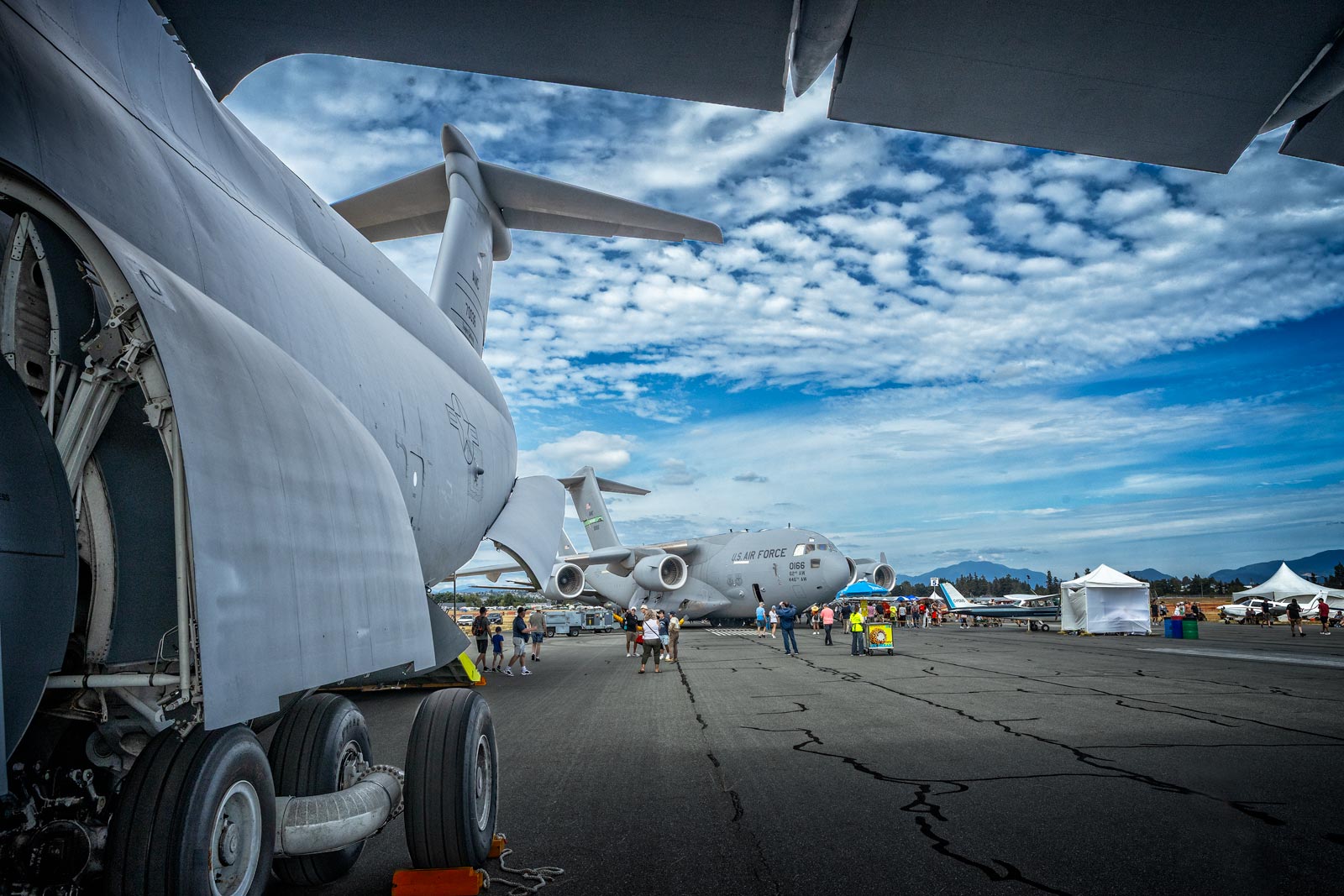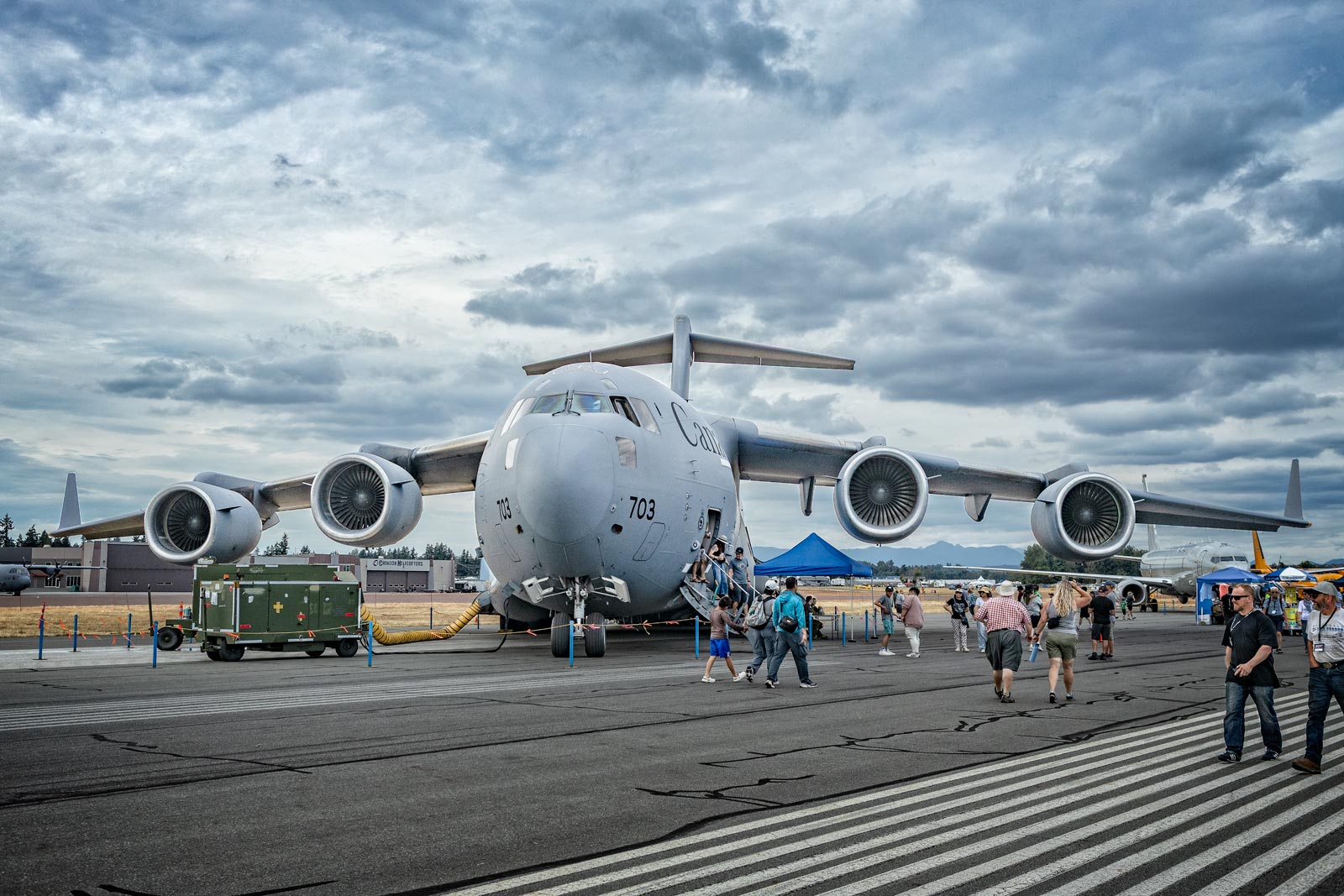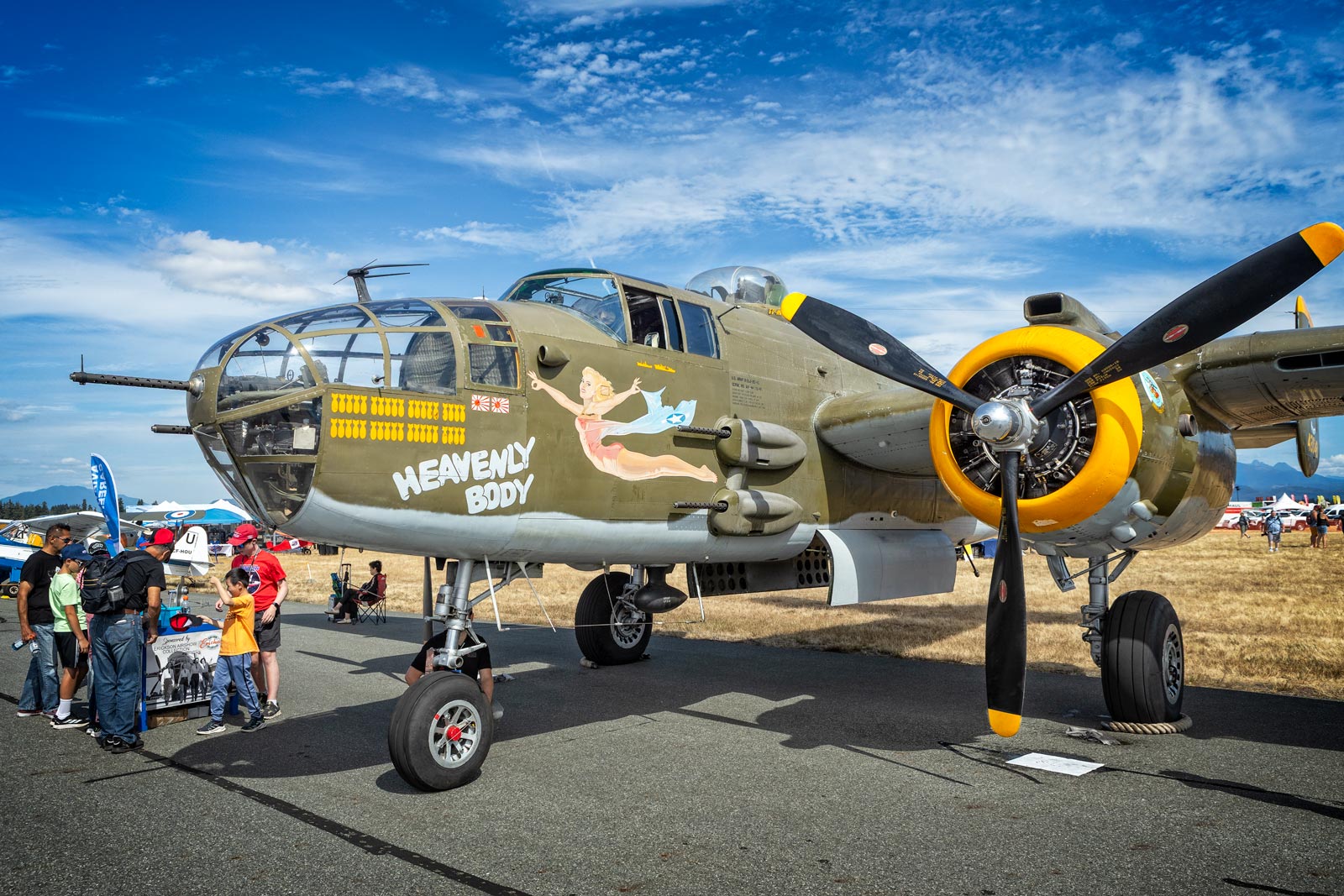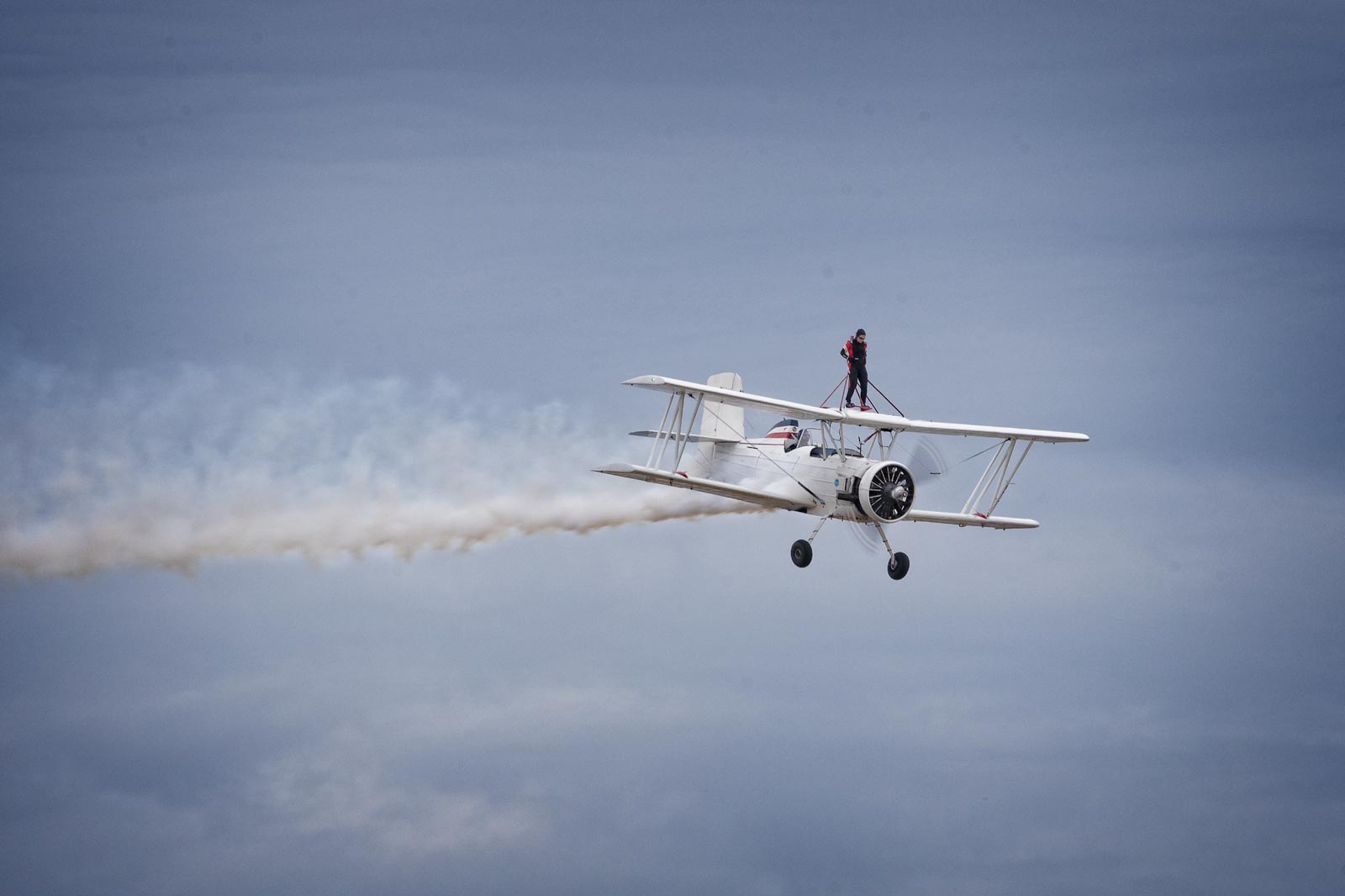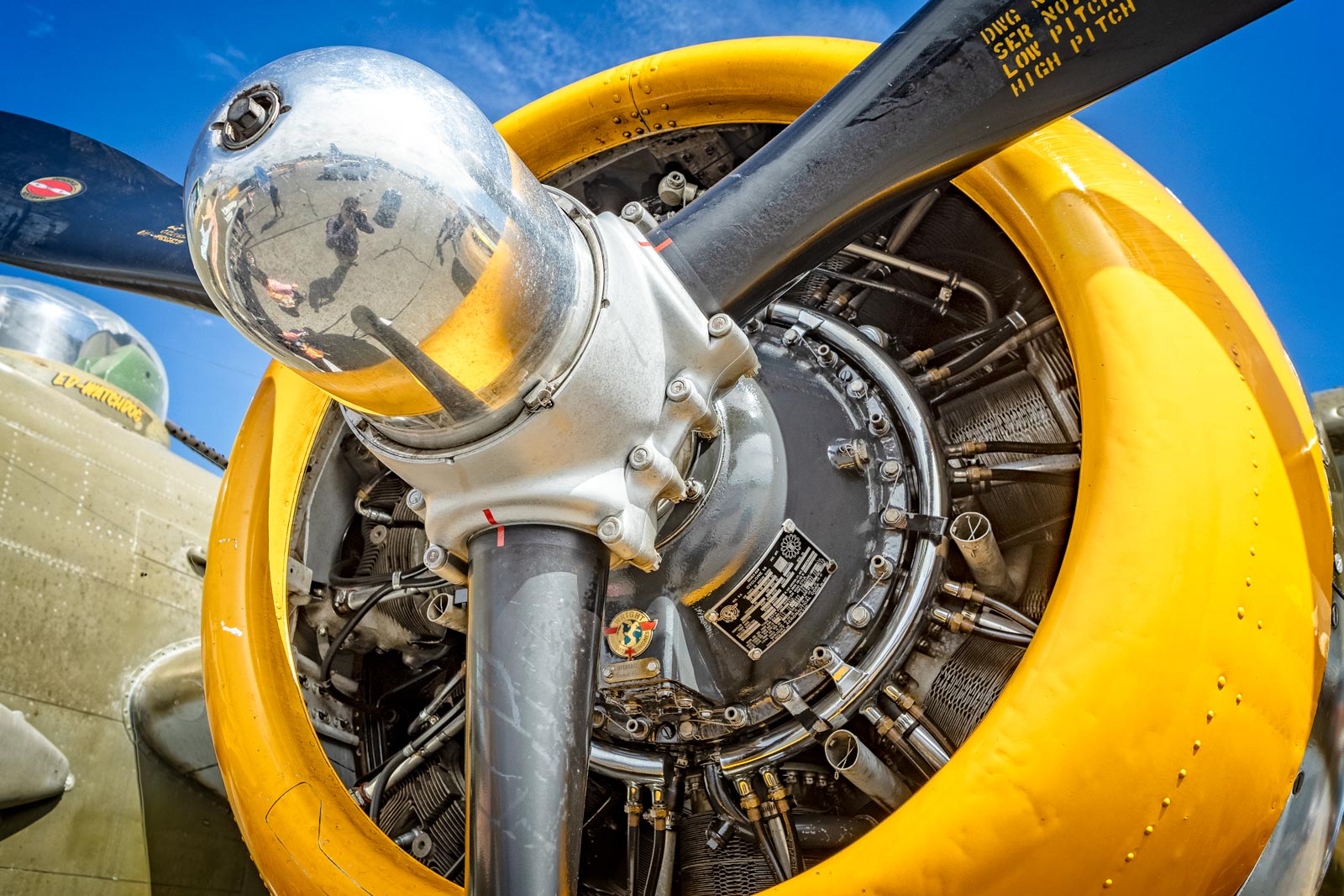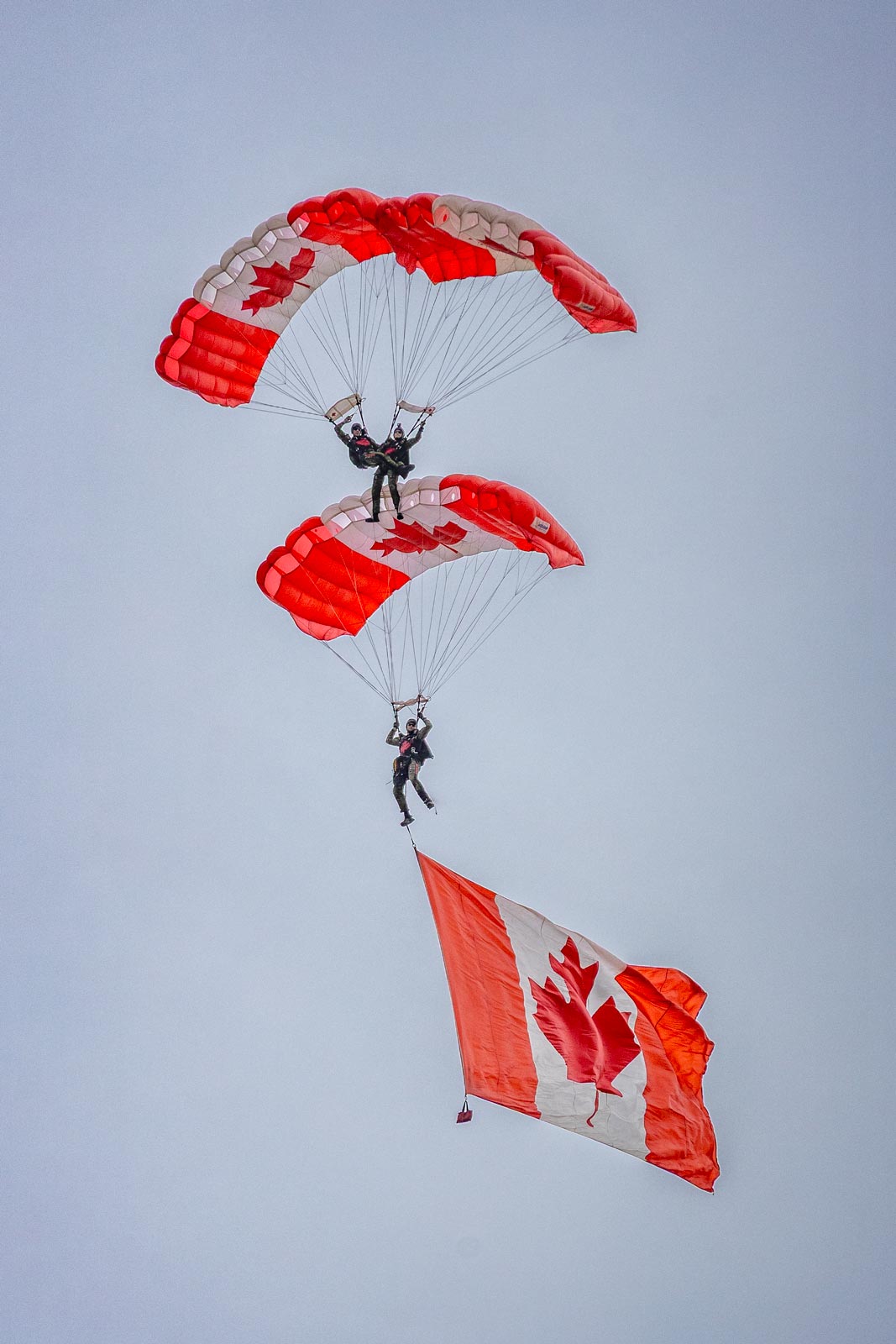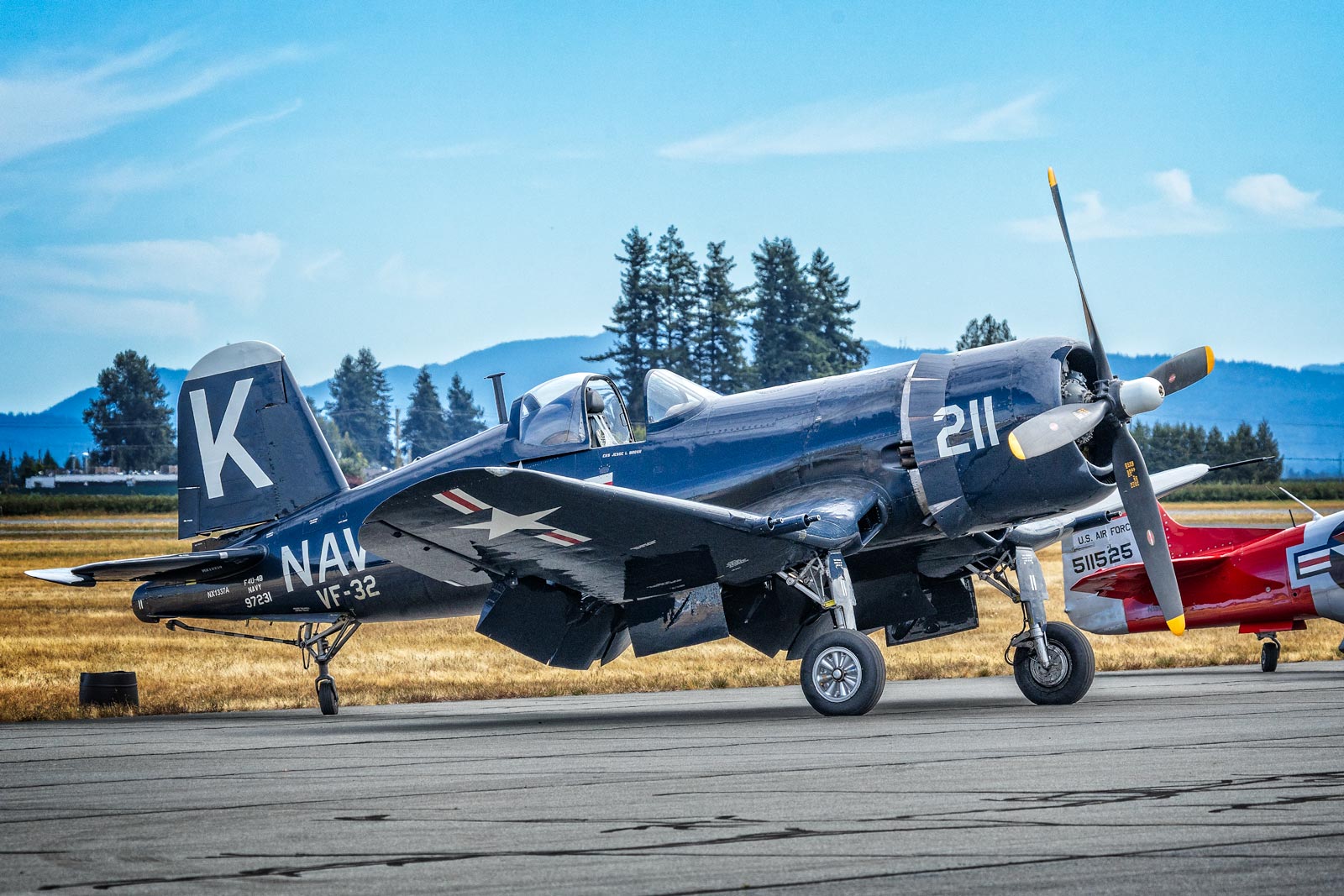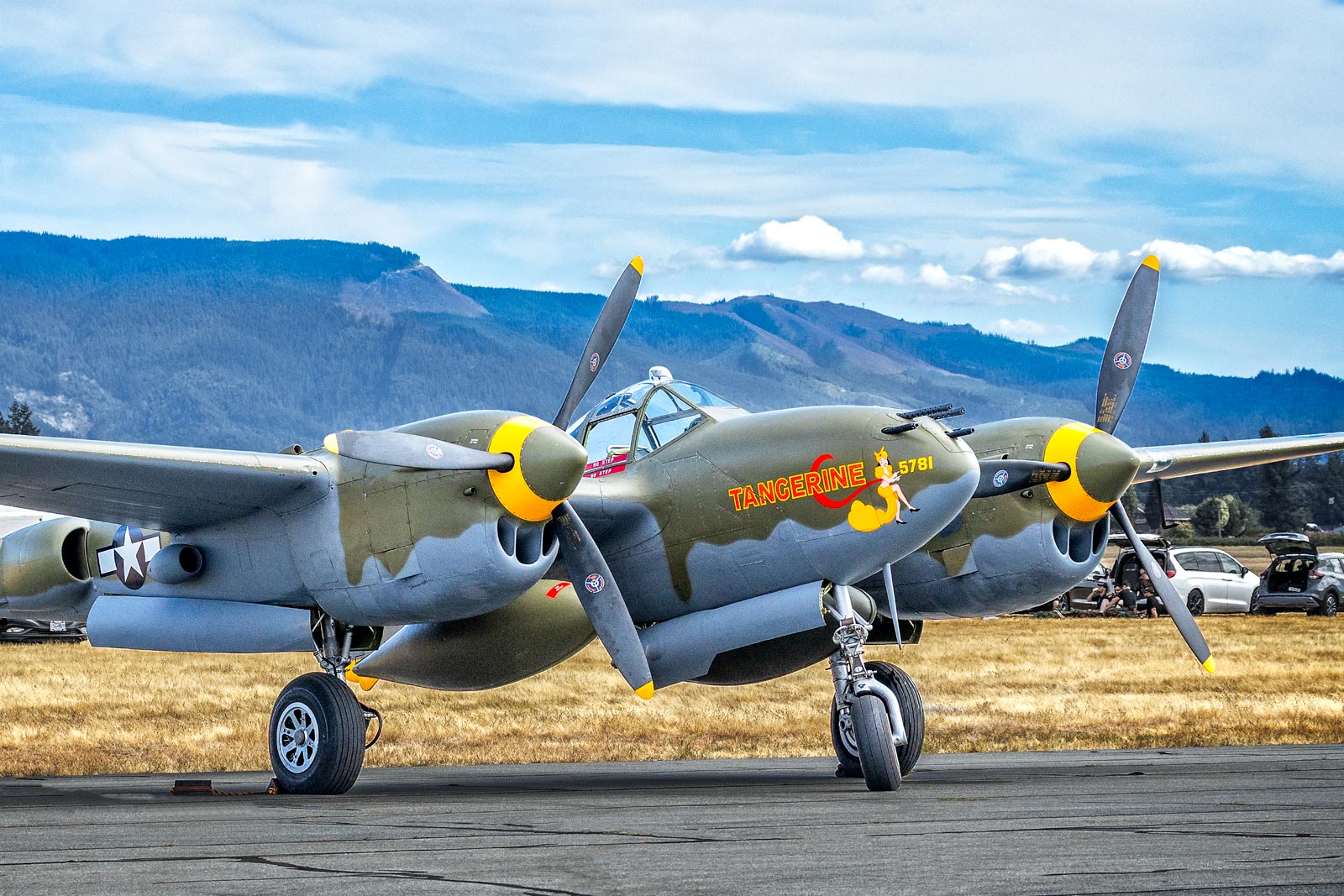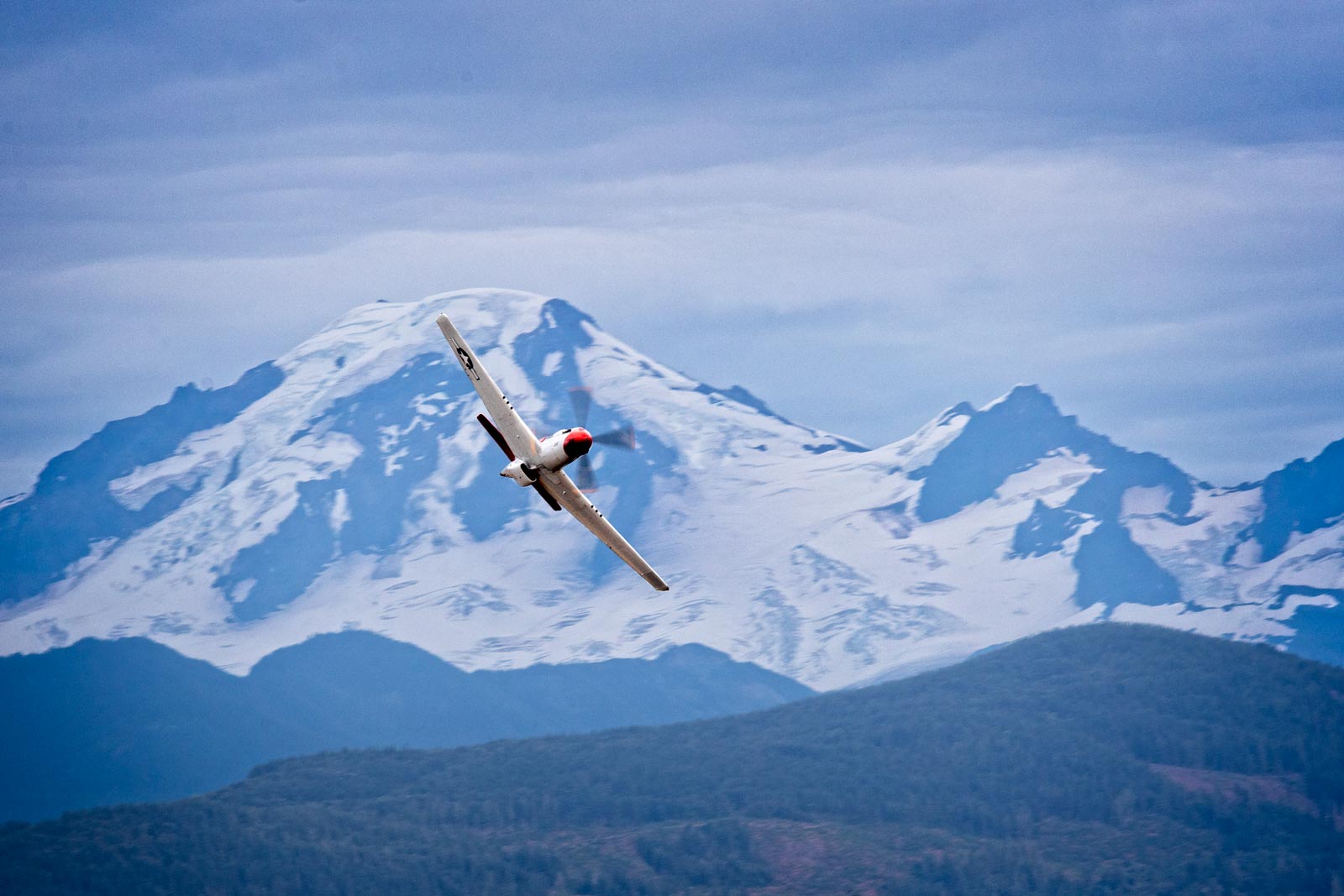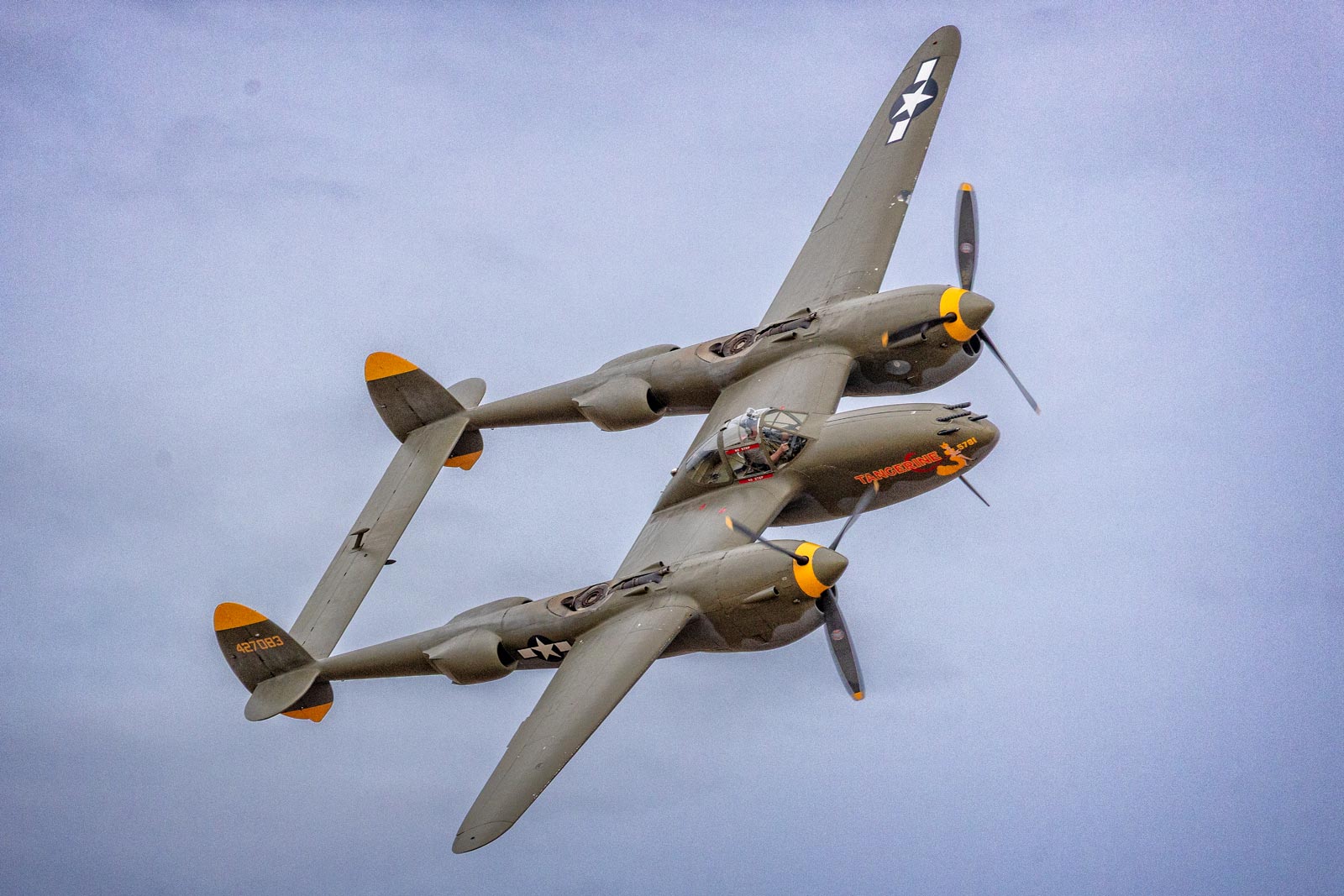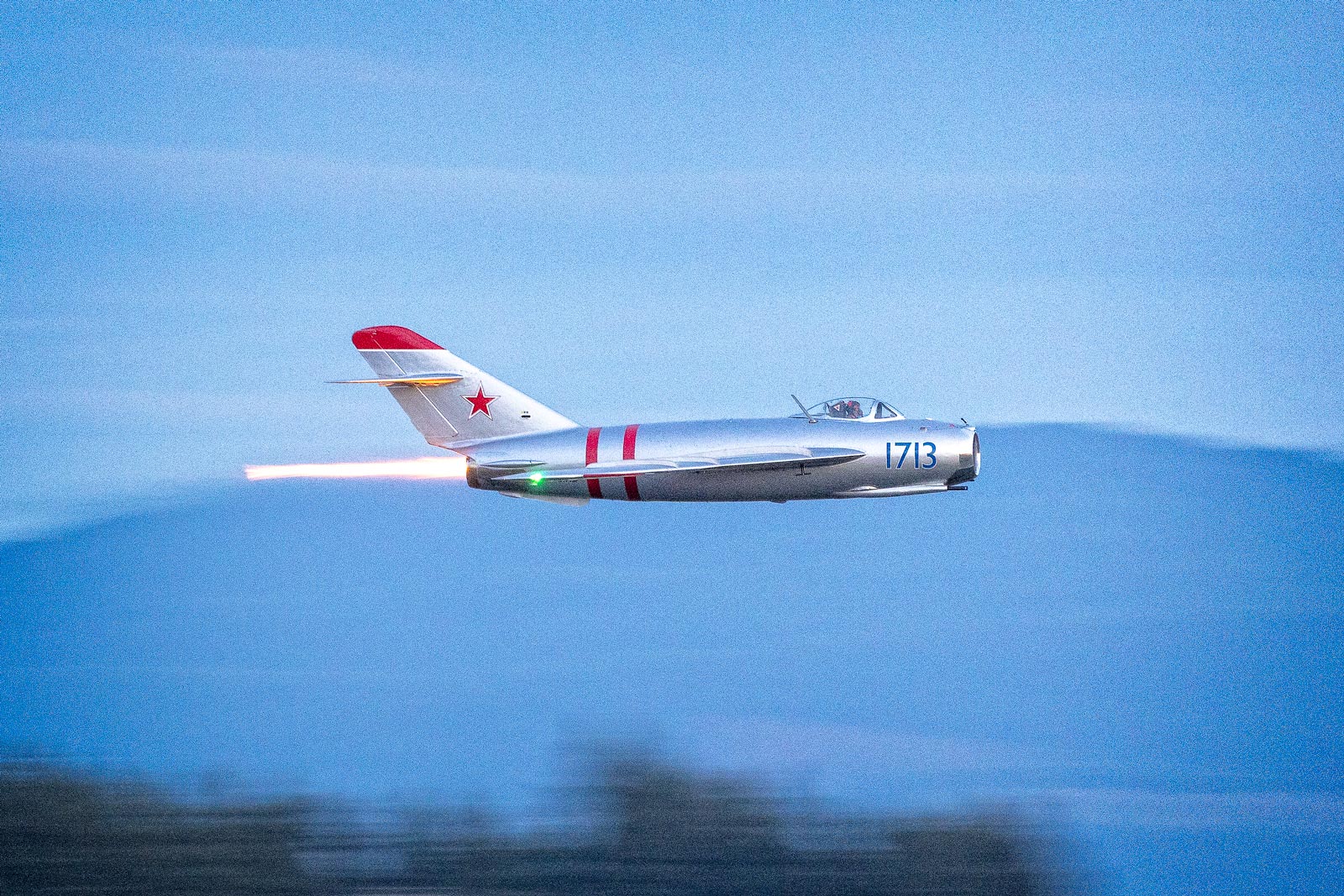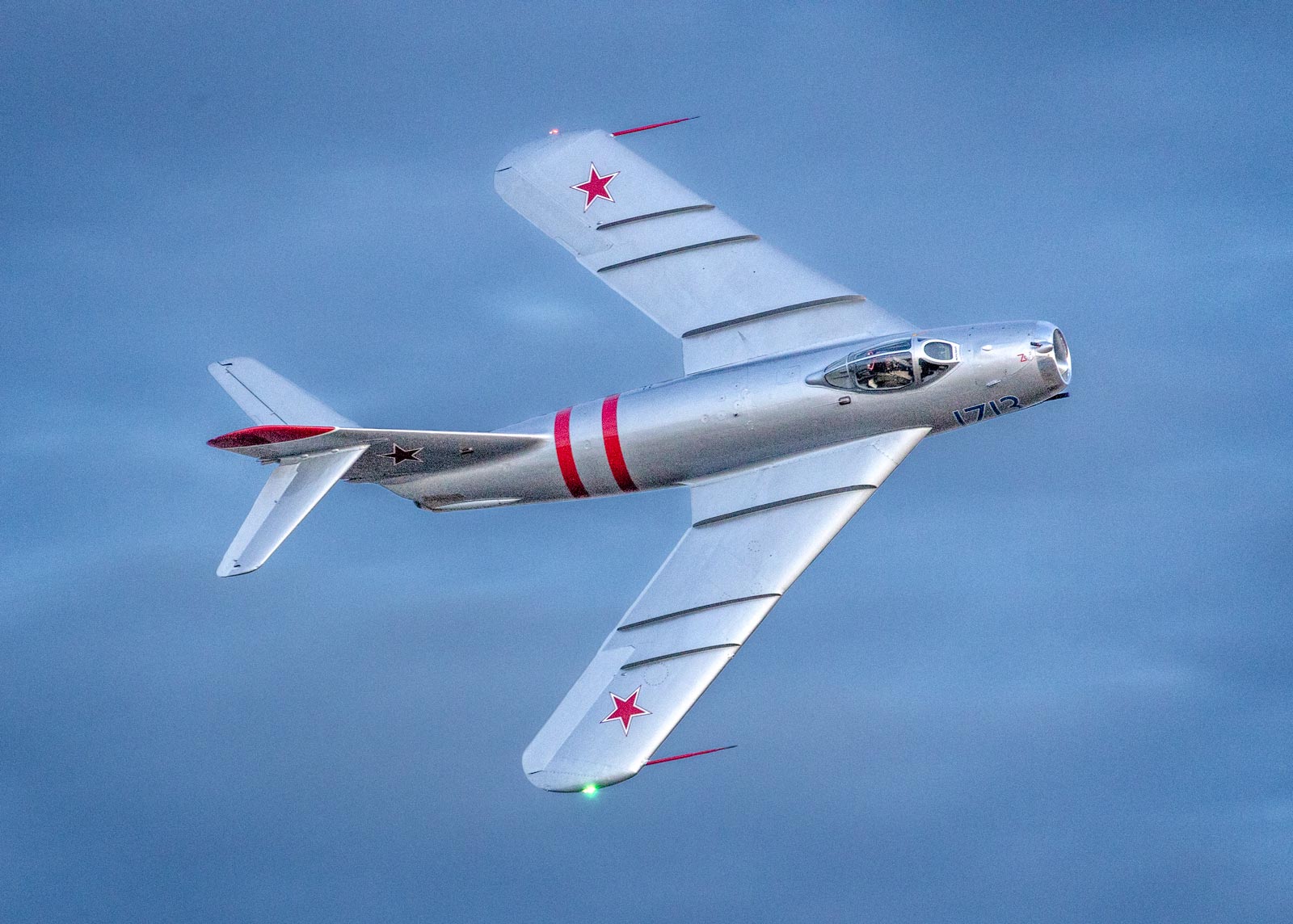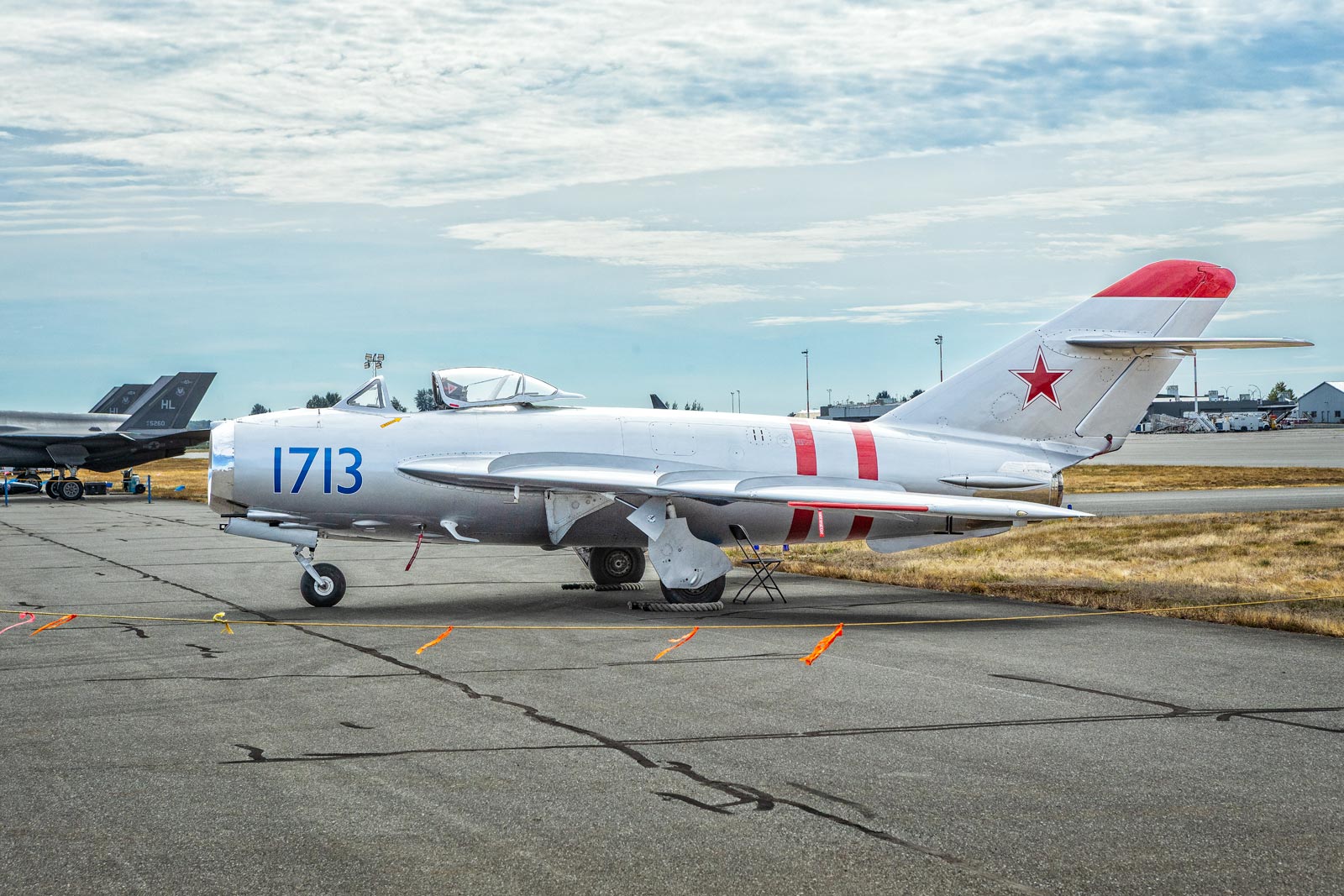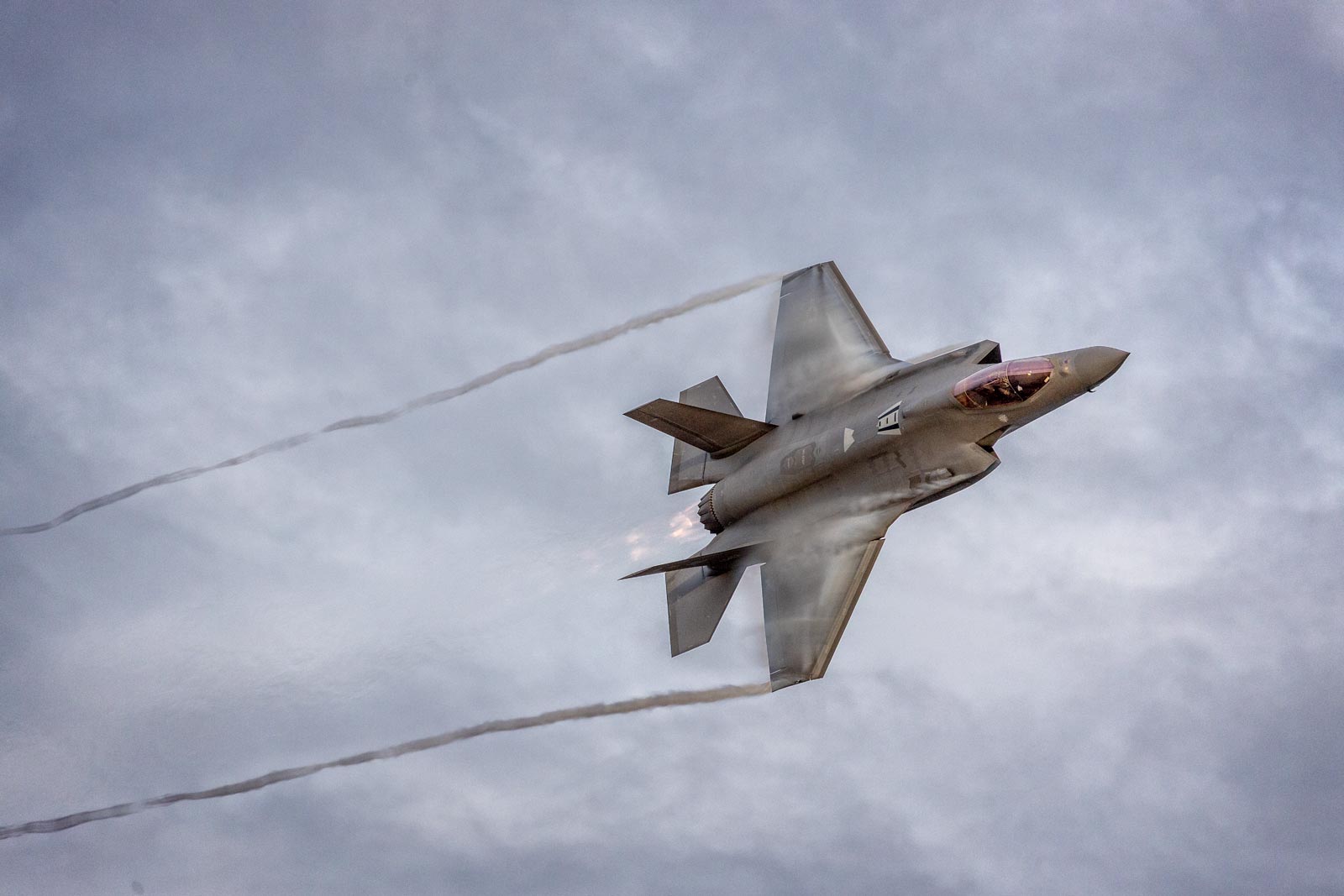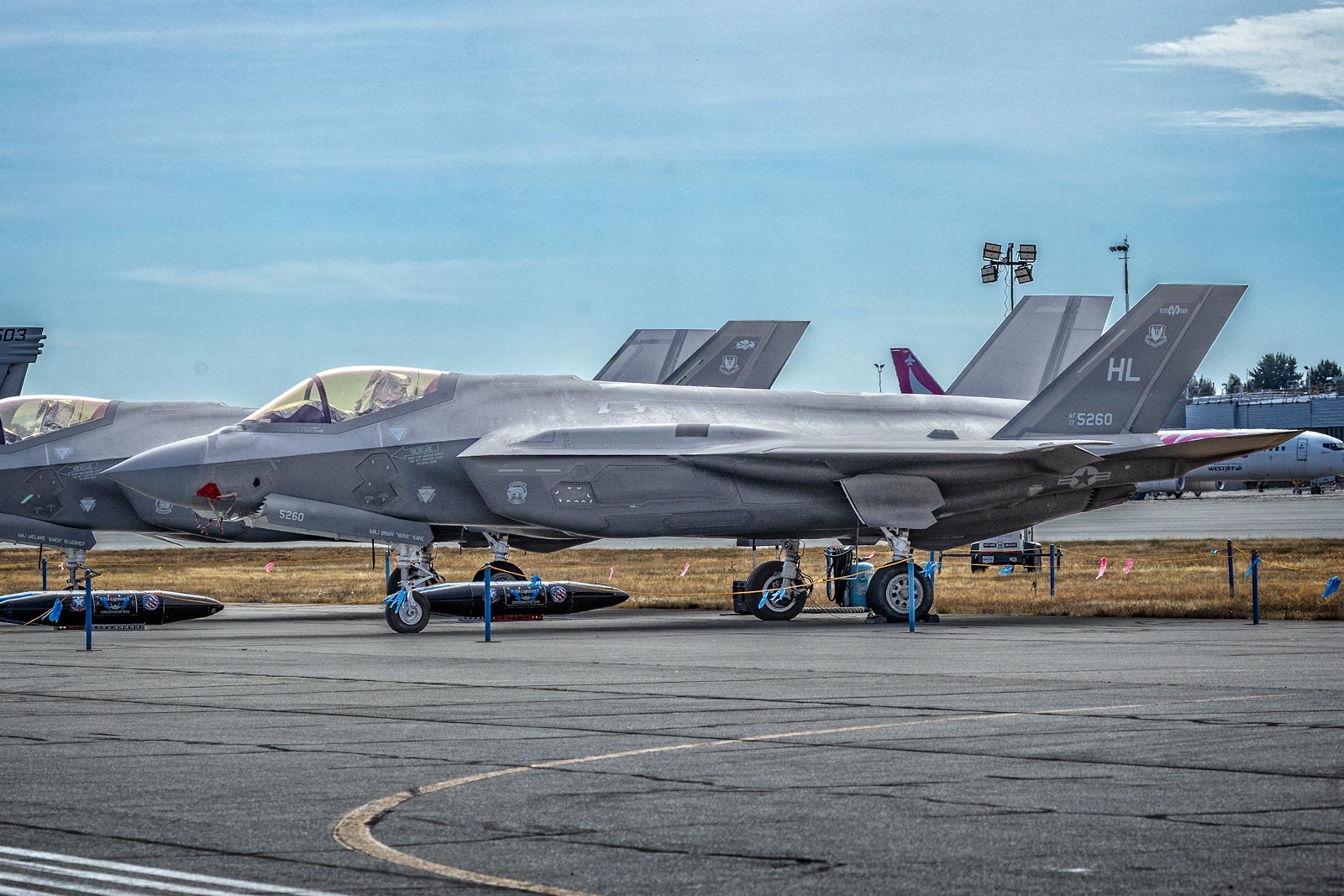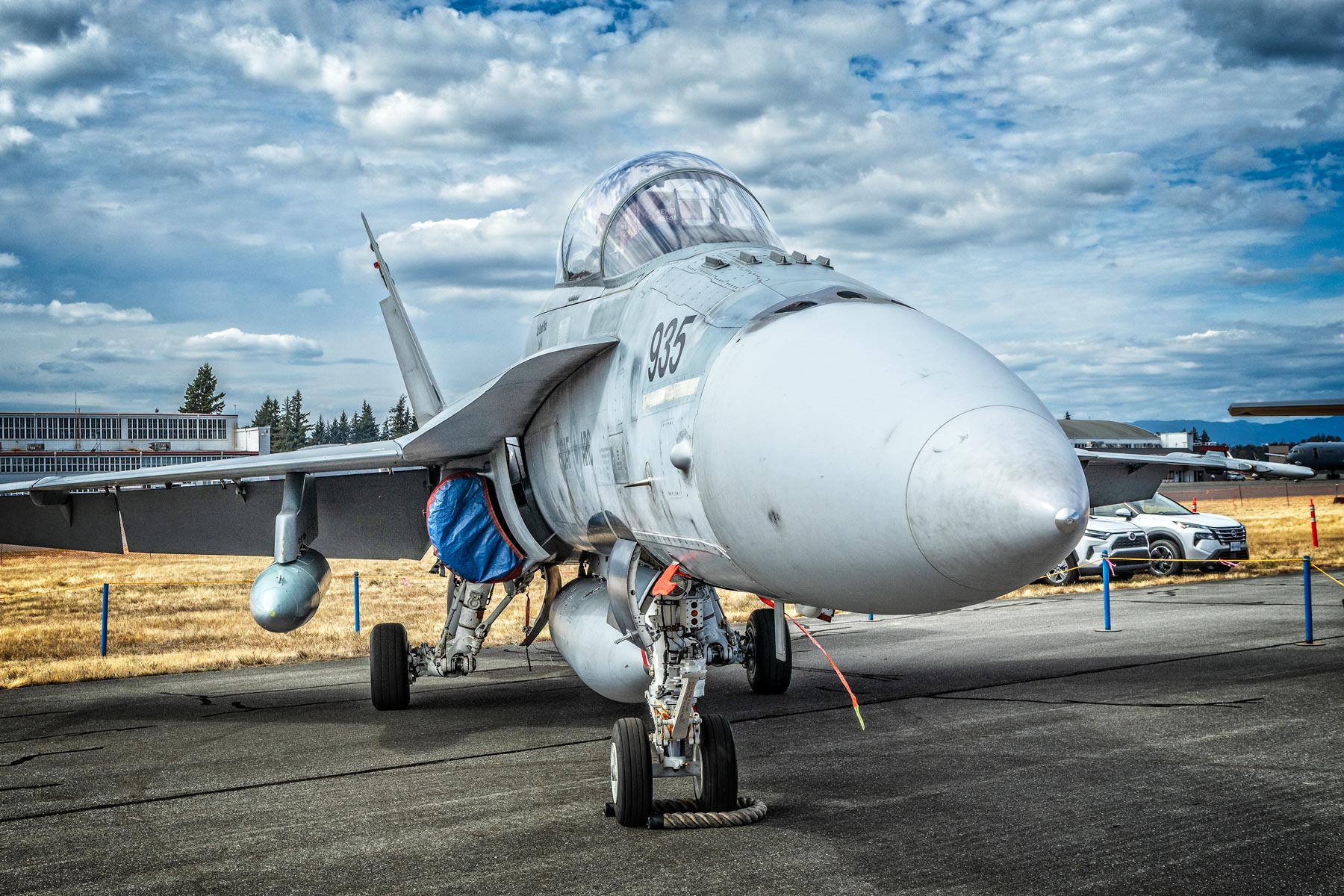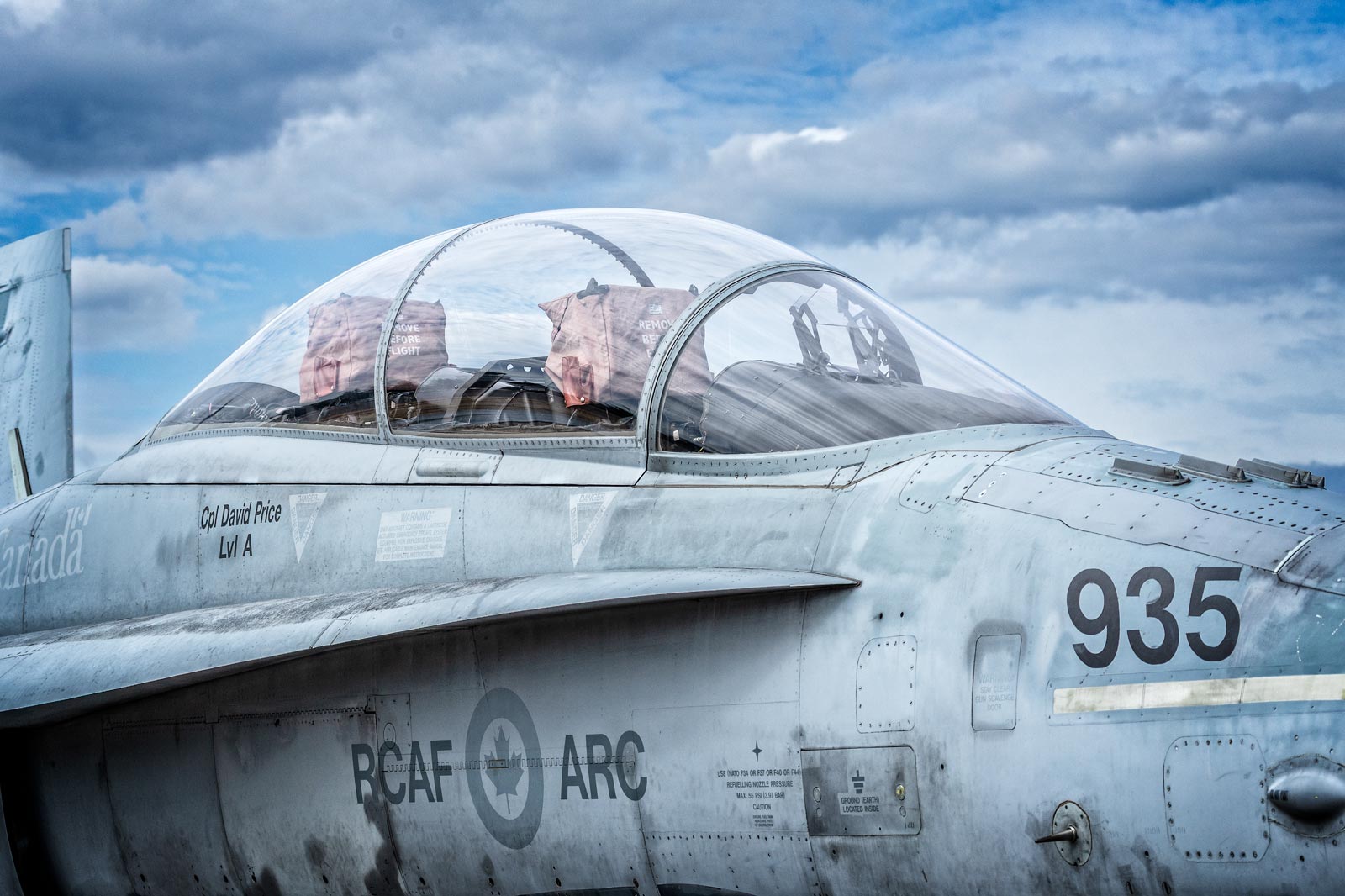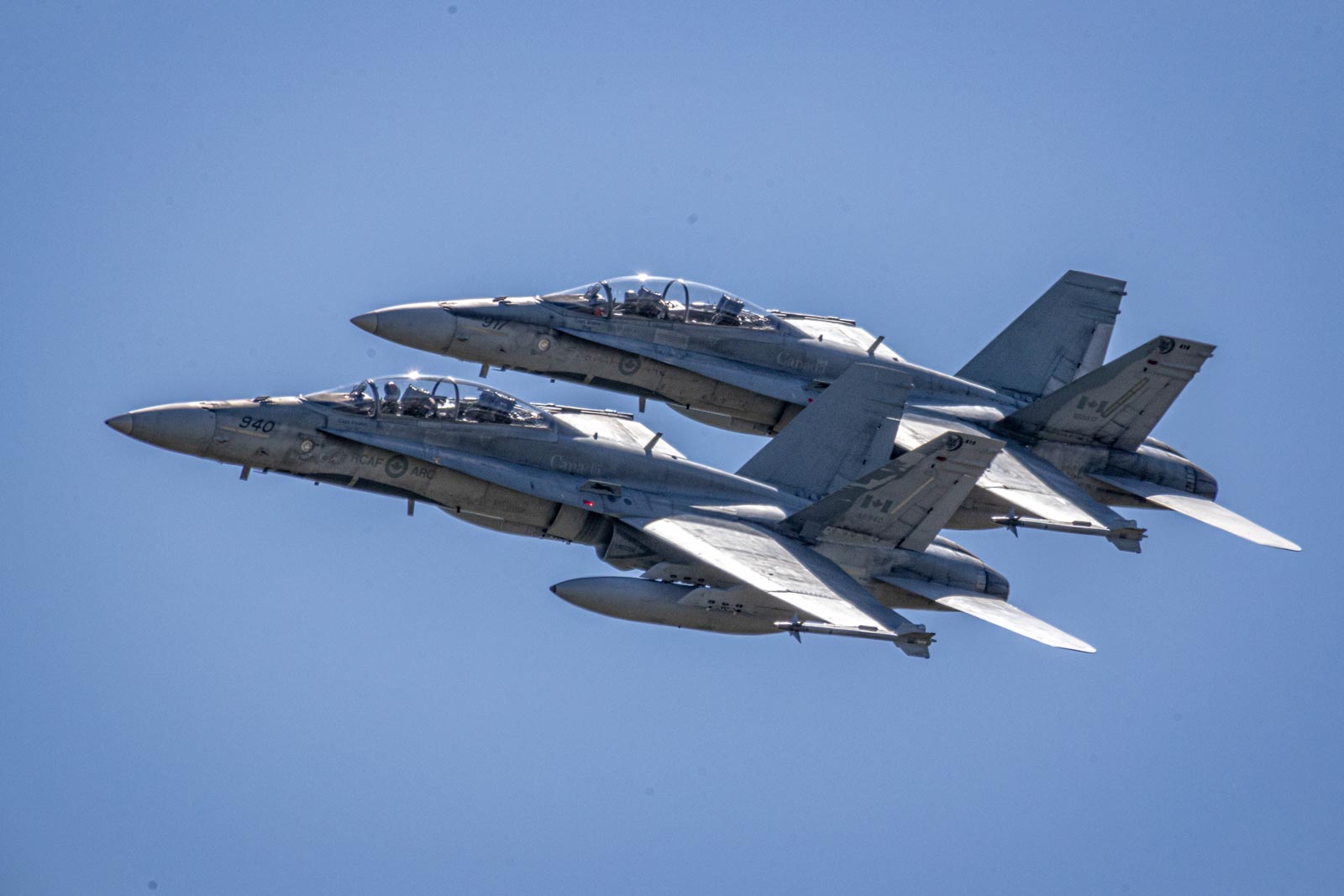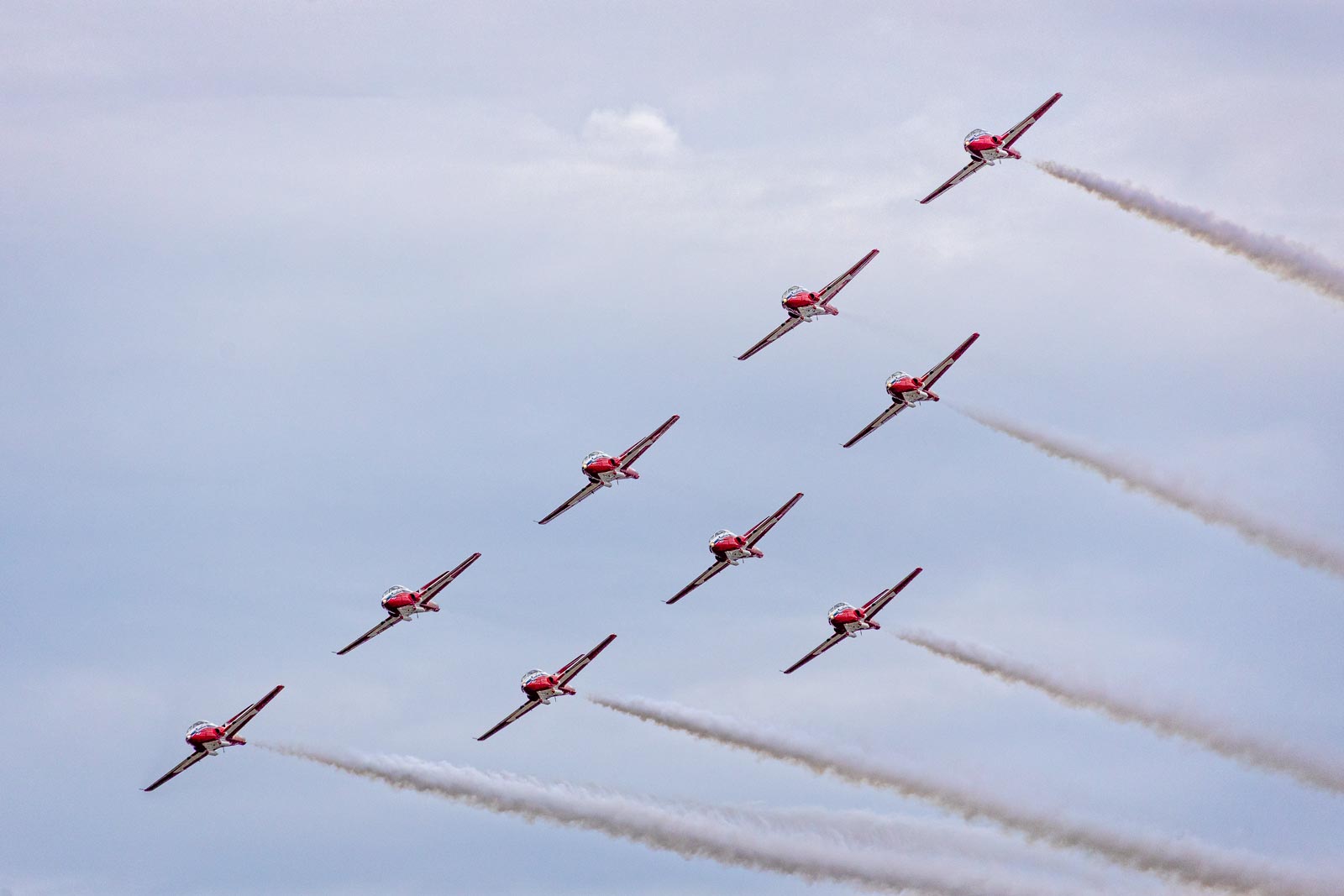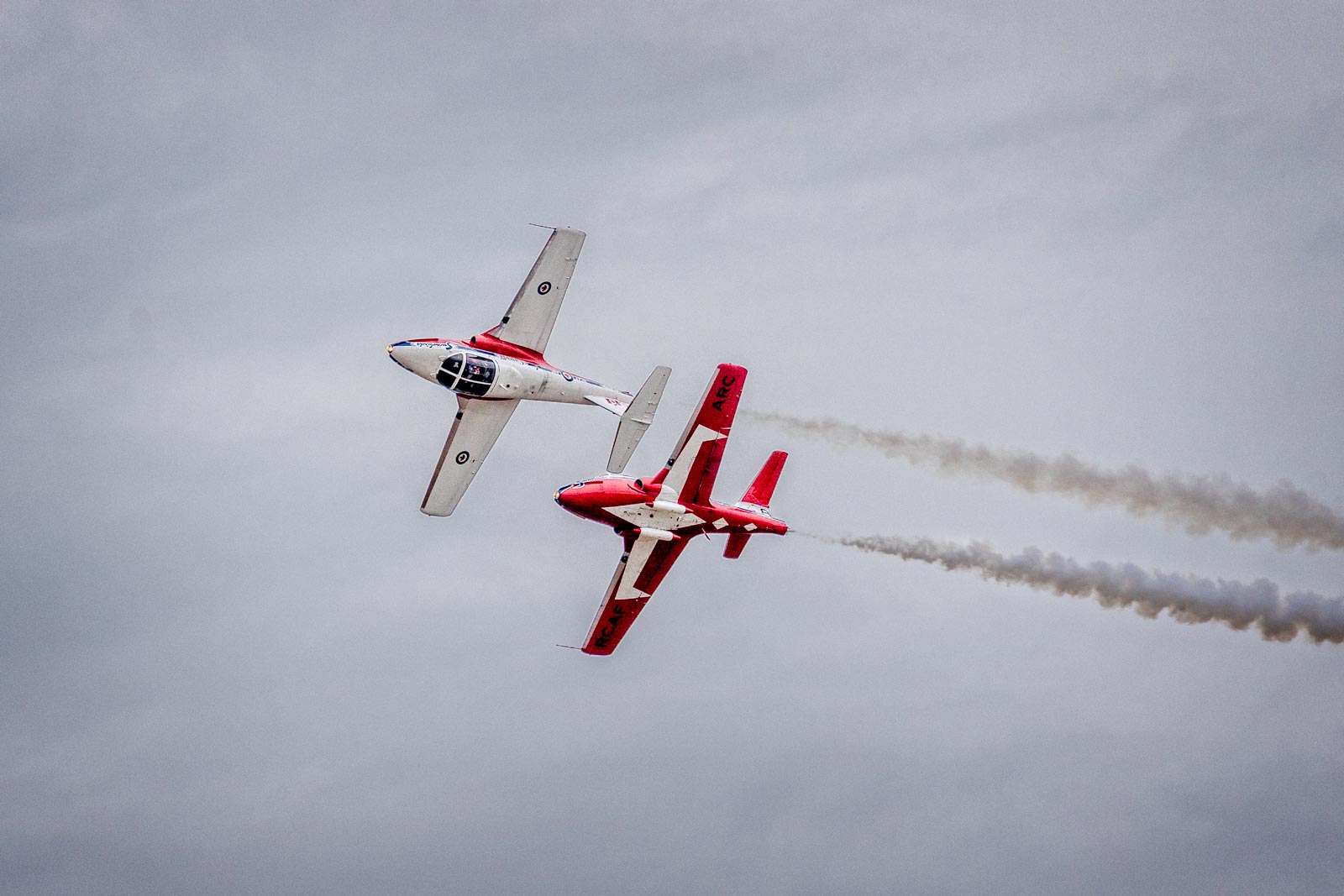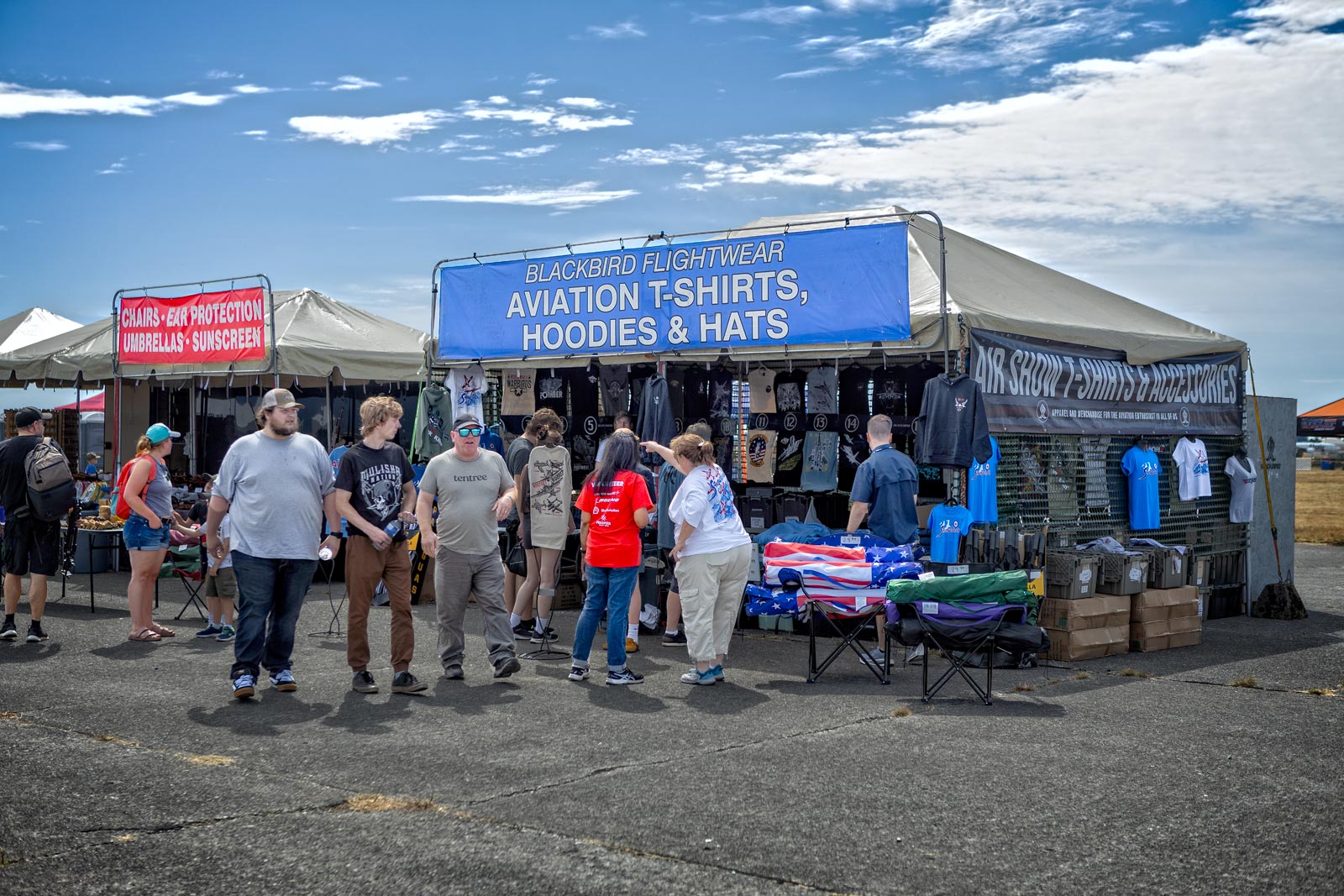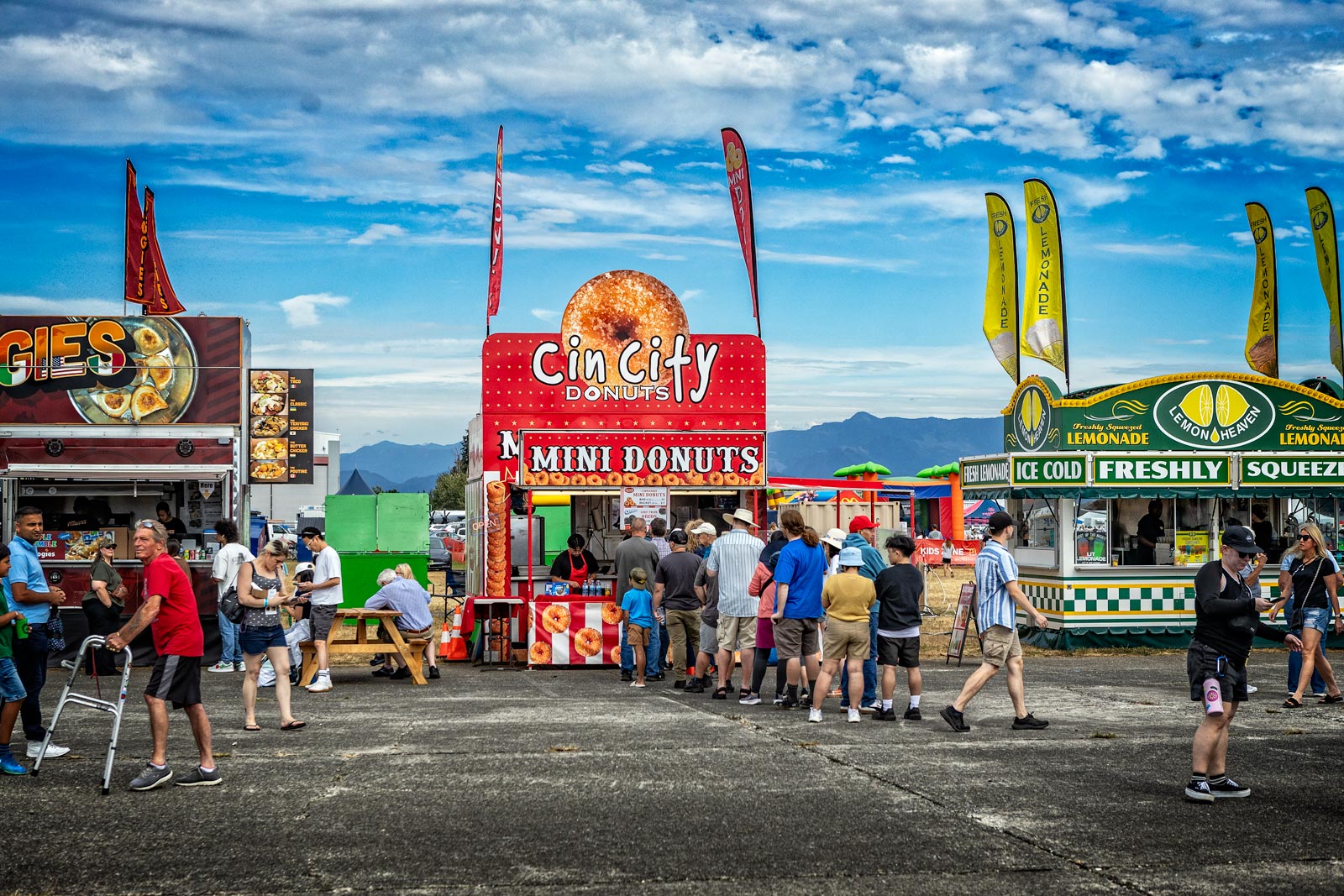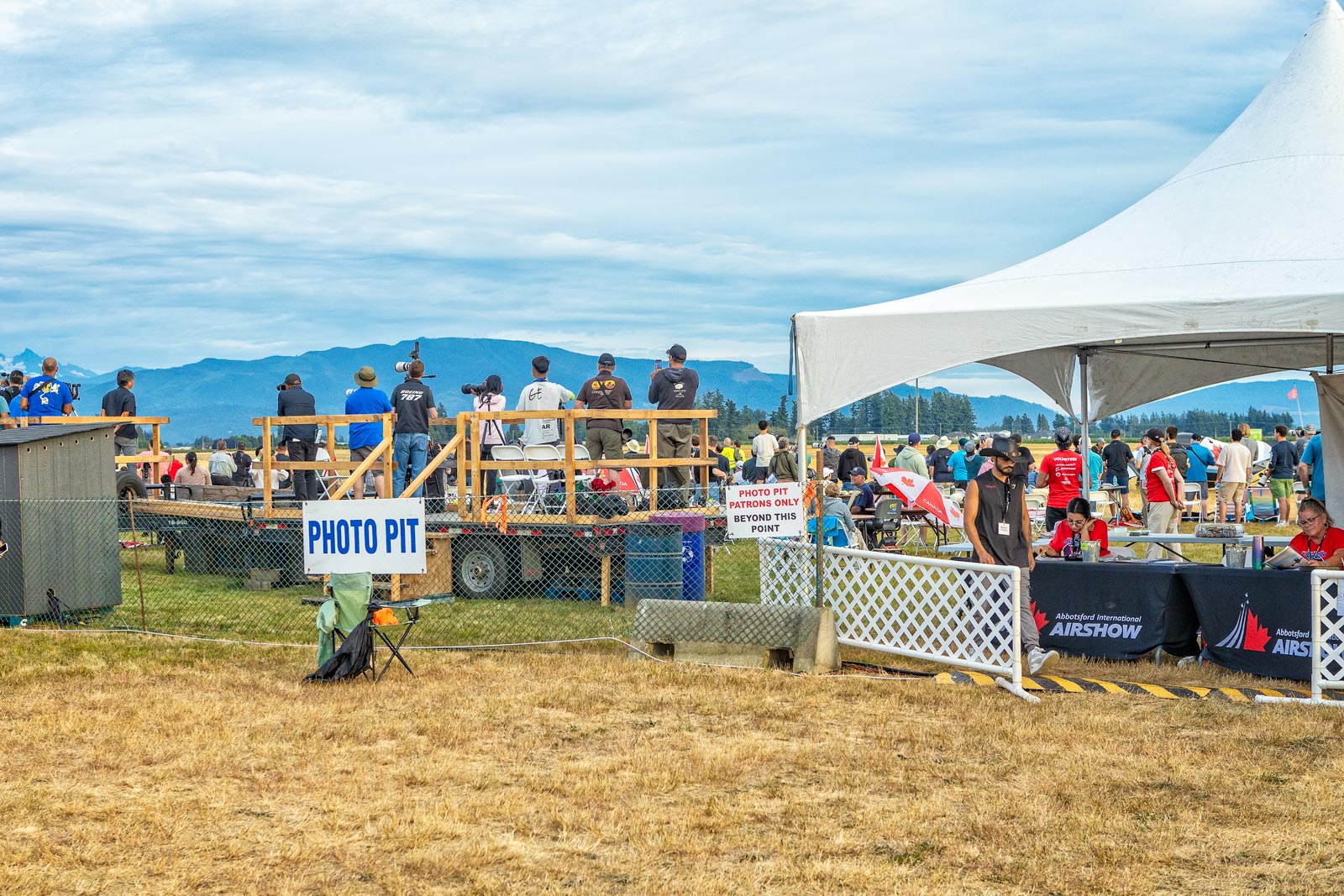
Shoot what you Love
Flynn Marr 8 August 2025
“Shoot what you Love” is to photographers what “Write what you Know” is to writers. It is sound advice for new photographers and more seasoned professionals. If the subject is one you love you will treat it with reverence and respect and probably produce some of your best work.
My father was a pilot all his life and our house was full of Air Force and Trans Canada Airlines (TCA) people and paraphernalia as far back as I can remember. I used to tag along with dad when he had to go to the airport and I got to climb through airplanes and wander the offices of Trans Canada Airlines (TCA) when I was as young as five years old. On one of these outings I had my first airplane ride with dad and a friend of his who had a small red Cessna. It is no wonder that today I love airplanes.
When I was young I built model planes and flew them on the end of the main runway at Malton Airport, now Pearson Internation Airport, in Toronto.
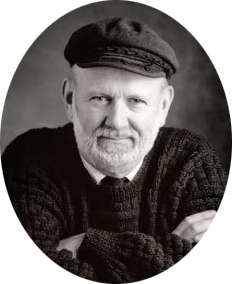
Things were different in those days. In the 1950’s Toronto Malton airport, as we called it then, was the main airport for the city. It was here that the Avro Arrow was to be tested but the main runway was too short for such an advanced fighter so it was lengthened accordingly. When done the runway crested a small hill to the South of the terminal and control tower and went down the other side. If you were at the end of the runway you could not be seen by the control tower. Because regular commercial planes did not need that long runway they preferred to stay within sight of the control tower. This meant that the south end of that runway was never used.
My father was a captain with TCA and, knowing that the end of the runway was never used,he suggested that we fly our planes on the end of that runway which we did on several weekends. The airfield was not fenced or guarded and so access was easy. Just walk in off the road. Eventually we would be reported to the tower by an overhead flight crew and the Department of Transport people would come out and chase us away. But the next
weeked we would be back. We could get an hour or two of flying time before the same guys would come out and chase us away again.
My point is that I grew up loving airplanes. There was a time I could name any military aircraft and talk about them for hours. It was a true passion until I entered high school and the world intruded on my childhood. But I have retained a love and wonder for anything that flies. Even after photography became a life long interest there were still airplanes.
Nowadays I don’t have much chance to get near many planes and don’t really have the time. But once a year I book a day away from familial duty to attend our local Abbotsford Airshow. I trek off to the airfield with my cameras on my back and spend a happy day taking pictures of airplanes. Cameras and airplanes together! It does not get much better than that.
The Canadian Air Force flies the CC-177-Globemaster-III and they had one in the static display. It was possible to have a look inside and it was truly impressive.
Those of us who love to take pictures but do not have the dedication or the inclination to make it a profession spend time learning to manipulate our photos so that they have the impact on the viewer that they had originally when seen in person. Often that viewer is only the photographer himself.
Digital images as they come out of the camera, a real camera and not a cell phone, are somewhat flat and dull, especially if you are shooting in “Raw” mode. Some processing of the images is necessary to return life to the pictures and make the subjects stand out.
The old “warbirds” excite me. I think because my father flew mosquitos. Ever since I read “Reach for the Sky” in high school for years I read about and collected pictures of everything to do with aerial warefare.
An advantage of being able to manipulate the images is that you can dramatize the subject in a way that brings out its qualities. A sleepy river scene can be given a low contrast glowing treatment to emphasize the peaceful atmosphere or mechanical machinery can be cast in high contrast tones with sharp edges to project power and precision. That is what I have tried to do with these images of aeroplanes.
I know some people object to such manipulation but I think their complaints are specious on a couple of counts. Firstly, cameras don’t see the way we do and so the raw output is dull and requires manipulation just to restore the colors and contrasts to what they were as seen by the image maker.
Even more relevent, to my mind, is that my images are my creations and I can process them any way I like. I put them on paper, or the internet or what have you, and they must stand on their own. No one should criticize my technique. They can dislike what I have produced but how I produced it is my decision alone.
Wing Walking is something one does not see that often!
The P-51 Mustang from the Second World War is often seen at airshows. At the end of the war the government sold their extra aircraft to the public and destroyed many thousands of them.
I know how radial engines work but it has always seemed to me that they should not work. Now, inline engines make the most sense. My car has one of those and it seems to work just fine. Much more sensible!
The flying display was opened by the Skyhawks, the Canadian Forces Parachute Team who descended doing stunts on the way down and carrying US and Canadian flags.
Similarly there are many F4U Corsairs appearing in flying displays. This aeroplane was used extensively in the war in the Pacific. In this picture you can see the tail hook for operating off carriers.
Mount Baker is an old volcanic mountain in Washington State just south of Abbotsford. The mountain is visible across the Abbotsford air field and is seen here with a P-51 approaching to do a high speed pass of the crowd.
I often read articles about what to photograph or where to find inspiration for one’s photography and this is another reason to photograph what you love. You are already inspired even before you start. It then becomes simply a challenge to use the best techniques you have learned to capture the passion you already feel for your subject.
By chosing a subject you love the object then becomes to capture that passion in a photograph so that others can understand what you feel and find the same enthusiasm that you have for your subject.
In the air the F-35 is amazing! It can do aerobatic twists and turns I have never seen an aircraft do. Photographing this plane in a high speed pass is almost impossible it moves across the frame so quickly.
Photographing a flying display is a great setting for honing your picture taking skills. It requires a sure knowledge of your camera gear and its advanced menu features. Firstly, it requires a lens of long focal length, 400 to 600mm and an apertue of at least f/5.6. However, remember that at these long focal lengths wide lenses can be huge and heavy. And a tripod is cumbersom when you are trying to capture fast moving action.
All of the images here are mine. The images of static displays are mostly taken with an EF 24-70mm f/2.8 lens but aircraft on the flight line were off limits to us. However, by using my EF 100-400mm f/4.5-5.6 I was able to reach out and take decent images of the P-51, F4U and P-38 that you see here. All of the flying images were taken with this lens as well.
These CF-18’s are showing their age. They were introduced since 1982 and have served ever since. That is 43 years and counting. For a modern fighter jet of this sophistication that is an amazing record.
The Canadian Forces aerobatic team are The Snowbirds who put in an appearance. They fly Canadian made CT-114 Tutor training aircraft. Their precision Aerobatics are beautiful to see.
There are features in modern camera bodies that make aircraft images easier that it used to be. The camera I was using was the Canon R which has amazing capabilities buried in its menus. It was possible to set the camera to control exposure using the shutter speed and film speed although, of course, it is a digital camera. It was possible to set the minimum shutter speed allowed as well as the maximum sensitivity.
I chose to set my auto ISO between 200 and 3200 and my minimum shutter speed to 1/2000th of a second. The lens looked after focus which I had set to Servo to follow moving subjects.
Once the camera was set up all I had to do was follow the aircraft in the viewfinder. That sounds like an easy task but it is deceptive. Those planes are moving so fast and the field of view at 400mm is so small that keeping them in the viewfinder is difficult. I think that you can see an airshow is a great place to hone your skills.
In addition to the flying and static displays the show has a commercial aspect where attendees can buy souvenires and food. Most people make a day of it, enjoy the show, have their lunch and even grab a snooze in the sun. Airshows are fun!
For the last three years at this airshow I have bought tickets to the Photo Pitt which is preferred seating right on the edge of the runway. The ticket included airshow admission and parking, entrance to the Photo Pit, and complimentary lunch and drinks. There are raised platforms for getting pictures over the heads of people below. Seating is at round tables with umbrellas to protect from the sun. Of course you are free to come and go to all display areas and to access the food and souvenir booths.
And so we come to the end of this rambling post about my love of aviation. The thought to take away is that photography is about practice. I think Henri Cartier-Bresson said it best when he said that “Your first 10,000 photographs are your worst.” Take pictures but then look at them critically. Work with them to see what you can make of them. Almost as good is to examine the work of others. Find what pleases you and make a note of it. The more you experience and absorb the more you can bring to your own work.
Photograph the things you love and see if you can express what you feel for them. That is a lot harder than you might imagine but it is a wonderful exercise. My airshow challenged my knowledge of my equipment and forced me into the complex menus of the camera to set up the features I wanted to use. The aircraft whizzing by challenged my camera technique and my ability to manipulate my gear. I am happy with the pictures I got but I am not done. Every air show I get better. Each is an opportunity to practice. And next year I will be a better photographer that I was this year!
This website is the work of R. Flynn Marr who is solely responsible for its contents which are subject to his claim of copyright. User Manuals, Brochures and Advertising Materials of Canon and other manufacturers available on this site are subject to the copyright claims and are the property of Canon and other manufacturers and they are offered here for personal use only.

The True North Strong and Free

